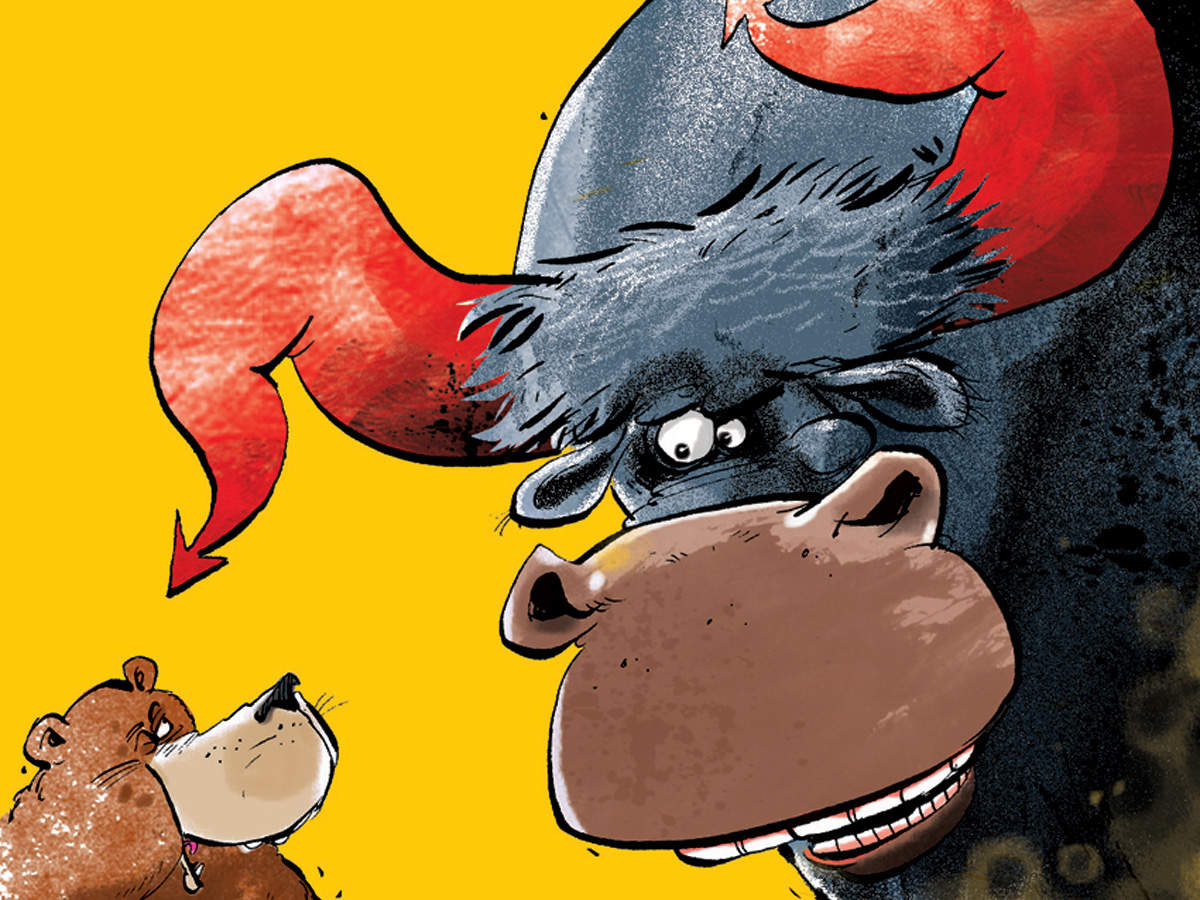INSUBCONTINENT EXCLUSIVE:
For years, Jim McDonald has stuck to a bullish stance on financial assets, holding fast through market routs such as the one in
February.
Now, amid a less severe sell-off that may well be over, the chief investment strategist at Northern Trust saw a catalyst to go
defensive — a more hawkish Federal Reserve
This month, the $1 trillion manager cut equity holdings in the US and emerging markets, shifting the money to investmentgrade
bonds.
“We’ve moved our tactical risk positioning to neutral after years of being overweight risk,” McDonald said in a video posting
on the firm’s website Monday
“This comes about as our concerns grow that the Fed will not stop at their neutral position, eventually raising rates a level that may
restrict both risk appetite and economic growth.” The SP 500 Index last week fell the most since March as rising bond yields and renewed
trade tensions prompted investors to reassess the outlook of the stock market
The benchmark index rose for a second time in three days, rising 1.8% as of 2 p.m
in New York Tuesday, as earnings from Morgan Stanley and Adobe boosted financial and tech stocks.
Anxiety that the Fed will go too far is
building with the central bank is in its third year of monetary tightening
The proportion of money managers citing quantitative tightening as the biggest rail risk for markets more than doubled to 31 percent in this
month’s Bank of America survey.
To managers like McDonald, recent comments from Fed officials suggested they’re willing to to raise
interest rates above neutral, or levels that neither hold back nor spur economic growth
Earlier this month, Fed chair Jerome Powell said that “We may go past neutral’’ while Federal Reserve Bank of Chicago President
Charles Evans said the central bank may need to boost rates to 50 basis points above neutral.
“The risk of the Fed over-tightening policy
continues to grow, leading to increased volatility in markets over the next year,” McDonald said.
Market participants have a burning
question for the Federal Reserve: How high will policy makers hike interest rates before pausing for a breather
Meeting minutes set for
Wednesday in Washington are unlikely to offer answers, but they may drop a few hints about how officials are thinking.
At its Sept
25-26 gathering, the policy-setting Federal Open Market Committee raised interest rates and scrapped its description of the monetary stance
as “accommodative.” Since then, Chairman Jerome Powell and New York Fed President John Williams have each delivered public remarks
multiple times, and their colleagues have popped up to speak from Michigan to Massachusetts.
The flurry of Fed-speak has made it clear that
officials still think policy is easy and are comfortable with continued gradual increases, but have yet to decide how high rates will
ultimately climb.
Now the minutes could flesh out what factors are informing their debate on the location of the neutral rate — a
highly-uncertain dividing line between easy and tight money — and whether they should go above it.

